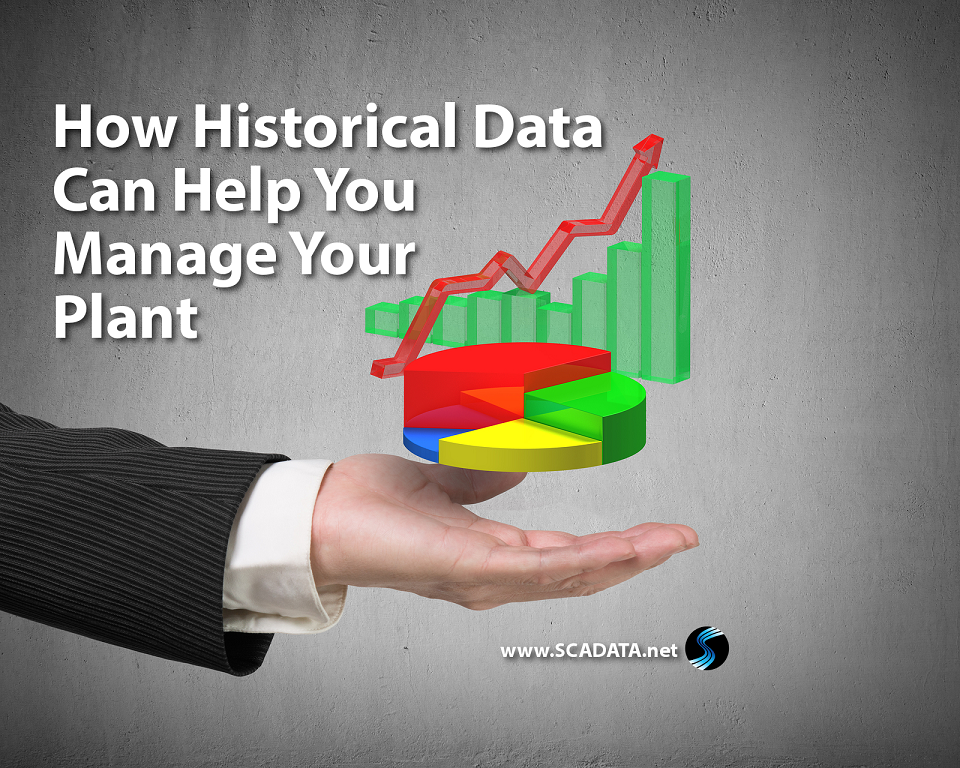One of the great benefits of a SCADA system is the ability to easily access historical data. A good SCADA system allows you to manage this data and identify trends. Why should you care about what happened previously when you are trying to address the problems of today?
As a limited but necessary resource, clean drinking water is in great need of sustainability efforts. In order to ensure that proper practices are put in place, we need to access and utilize historical data.
How does historical data help? The ability to identify trends and gaps in information is essential for optimizing our precious water resources. As technology improves, we will have the ability to innovate our processes and implementations as necessary. However, we won�t know what needs improvement if we aren�t able to access the necessary data. This is where historical data comes into play.
Manual Para tells us in his WaterWorld article that �Utilities rely on historical data to create a demand curve so they can properly adjust their production to ensure they are operating at peak efficiency.� For utilities managing our limited supply of clean drinking water, peak efficiency will be a key component.
By examining historical data, plant managers can more easily:
- Make better decisions faster: Having more information can lead to better decisions. In the event of a catastrophe, you are able to study the pertinent information to make a better decision. For example, imagine that you need to shut off the water supply for an area to fix an unexpected leak. Using historical data, you can identify the time of least consumption. This way, you can fix the leak while reducing the inconvenience factor for your customers.
- Anticipate problems: Technology is a wonderful tool. One of the benefits that we find with the integration of technology is analytical data. If you notice that problems persist in times of high consumption, you may need to address whether your equipment is fit to handle your area in times of need. Or perhaps, you can troubleshoot why this problem occurs only when consumption is high and change your approach to processes during peak times. In any event, historical data is helpful in anticipating potential problems. As an added bonus, if you are able to prevent an issue from becoming a problem, you can also reduce the costs of unexpected maintenance.
- Increase optimization: If you are able to identify trends in water consumption, you can better plan your production needs. For example, if you notice a trend of lower consumption around the holidays due to people traveling out of town, you can adjust your production needs so that you are consuming less energy and maximizing the use of water so that there is less waste. You reduce costs and save resources.
- Plan maintenance procedures: Anyone running a large plant will tell you that maintenance is a necessary beast to keep proper processes chugging away. Through analysis of historical data, you can identify which areas will likely need maintenance and where maintenance will yield the most benefits. You will also be able to identify times of low consumption so that the least amount of customers are inconvenienced.
�You can�t know where you�re going if you don�t know where you�ve been.� Ultimately, historical data helps you plan and provides the key insight you need to get where you�re going. When managing our short supply of clean drinking water, sustainability will need to factor into where we are headed and historical data can help.




